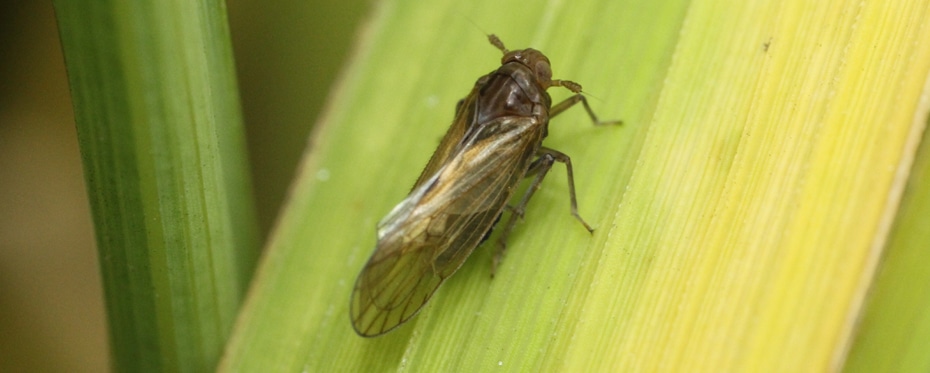Tag: pesticides
Trifluoromethylpyridine: Its chemistry and applications

Trifluoromethylpyridine (TFMP) and its intermediates are important ingredients for the development of agrochemical and pharmaceutical compounds. The presence of a fluorine atom and a carbon-containing pyridine are thought to bestow many of the distinctive physical–chemical properties observed with this class of compounds. Dr Masamitsu Tsukamoto and Mr Tadashi Nakamura, of Ishihara Sangyo Kaisha, Ltd, Japan, take a closer look at this […]
Read More… from Trifluoromethylpyridine: Its chemistry and applications
Investigating the biopesticide activity of guayule resin

A team of researchers, led by Dr Manuel Carmona in the Institute for Regional Development at the University of Castilla-La Mancha, Spain, have unveiled recent discoveries about a unique plant called guayule. The silver-grey perennial shrub is an alternative source of natural rubber. Until now, guayule has not been commercially viable as its other co-products have not been considered to […]
Read More… from Investigating the biopesticide activity of guayule resin
Saving sweet oranges: Catching plant diseases before they act

Dealing with pests and disease is often the bane of a farmer’s life. Anything that causes plant damage or death has huge economic implications and many plant diseases are highly transmissible. However, disease can only be treated when it is detected, and that often means waiting for symptoms to appear. Dr Maria Fatima das Graças Fernandes da Silva at the […]
Read More… from Saving sweet oranges: Catching plant diseases before they act
Strains of honeybee viruses provide intelligence in the battle against global bee extinction

The large-scale death of bees could culminate in an ecological and agricultural disaster. This may present as significantly reduced wild and domestic flora, as well as drastically reduced availability of various fruits, vegetables and nuts. There are several pressures on the global bee population, e.g., use of pesticides, destruction of habitat and infection with pathogen-carrying mites. Professor Ivan Toplak, an […]
Untangling cross resistance patterns in the brown planthopper
Using long-term monitoring of insecticide susceptibilities

In many countries, rice is a staple crop within people’s diets. There are many insect pests to rice. Of these pests, one of the most devastating to crops is the brown planthopper. Recently, in Asia, the brown planthopper has become resistant to various pesticides, including the frequently used imidacloprid. Dr Tomohisa Fujii from Kyushu Okinawa Agricultural Research Center, NARO and […]